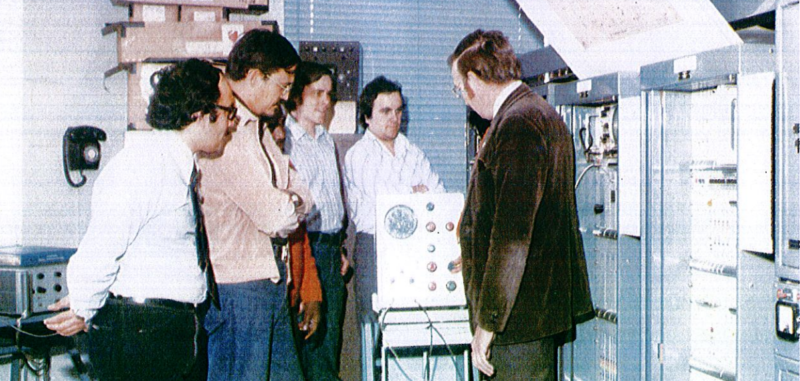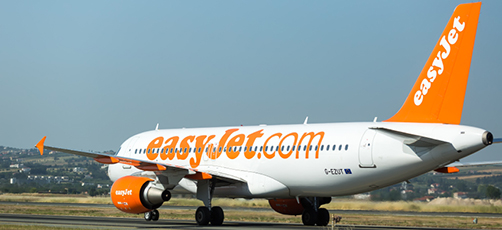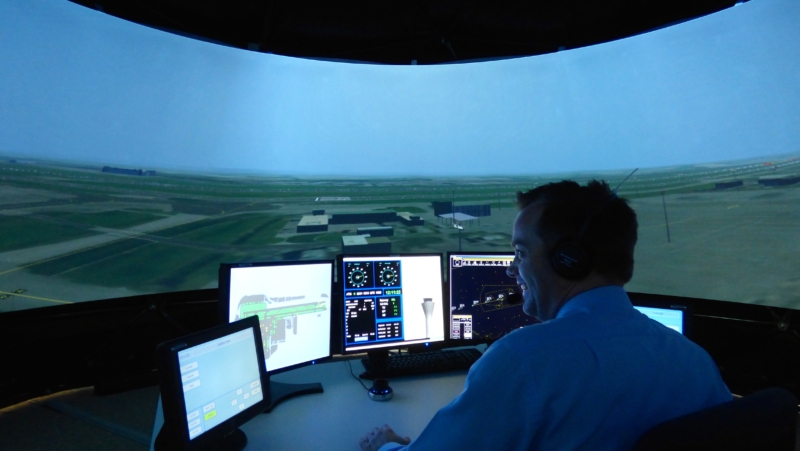Remote controller training goes live at Bristol
23 March 2015Ensuring air traffic controllers stay sharp and on top of their game is obviously hugely important in terms of the efficient running of an airport or control centre, but especially for ensuring safety.
Traditionally this has meant either the controllers having to travel to a specialist training facility or maintaining a simulation capability at every site. Either way it’s an added expense that’s an inflexible way of working and takes up extra time.
Because of that, we’ve been working on a way of moving away from those traditional methods and towards remotely training controllers who could potentially be anywhere in the world. It’s something that’s already live at TAG Farnborough Airport, and in December we launched a fully managed simulation service at Bristol Airport that’s proving hugely successful.
The Ace 3D Aerodrome and Approach simulator has been developed by NATS and is operated by our team of simulation experts based at our head office in Hampshire. It provides Bristol Airport with a leading edge facility for training and familiarisation, as well as helping the ATC team to practise new procedures, techniques and emergency scenarios.
‘Pseudo pilots’, based at the simulation facility in our head office, play the role of pilots during training and simulations, interacting remotely with controllers based in the Bristol tower. This remote model is far more cost effective as it cuts out the need for support staff based at Bristol to help out with the simulations.
Development of the simulation centre was aided by close consultation between the Simulation team and its end users – the controllers themselves. Bristol Controller Ian Beadle and Operations Support Coordinator Mark Strickland acted as customer experts, putting together detailed requirements and working with the Simulation Business team to create, deliver, test and sign off the simulator and simulations within it.
The level of detail and realism of the simulation, coupled with the expert input of the pseudo pilots, has allowed us to deliver complex scenarios which have already proved a significant benefit to the controllers. In fact it’s gone down so well at the airport its being considered for potential use for airport driver training and airport development simulation too.
With Farnborough and Bristol now successfully delivered, Stansted is next on the list later this year.
Comments
Please respect our commenting policy and guidelines when posting on this website.





